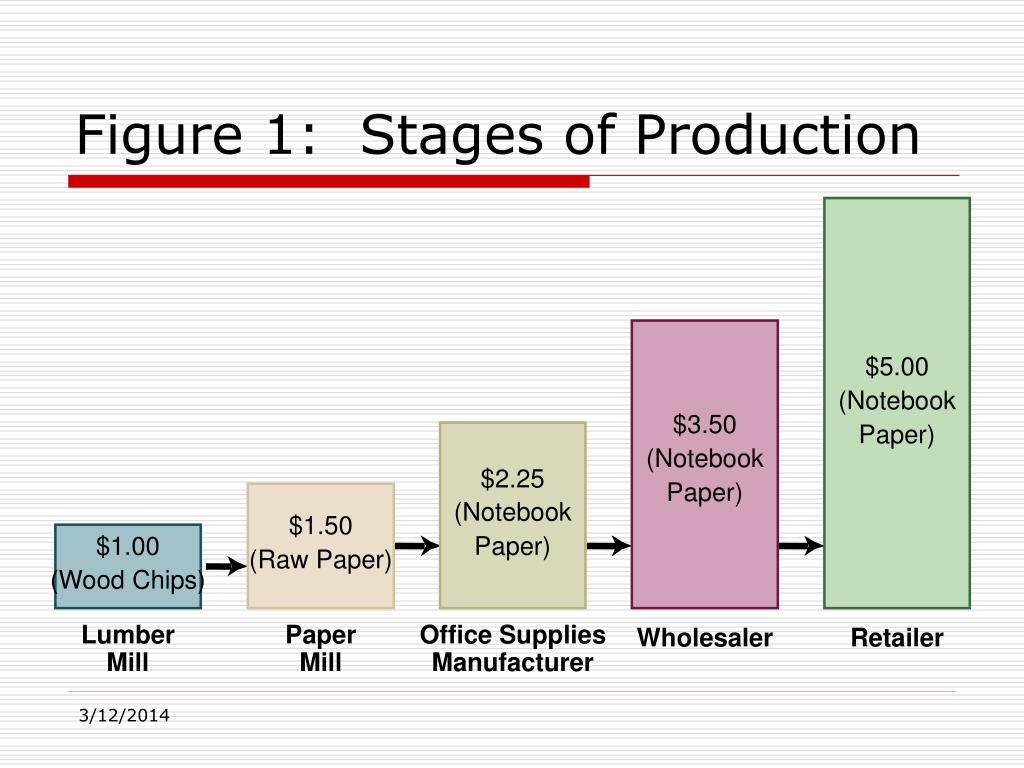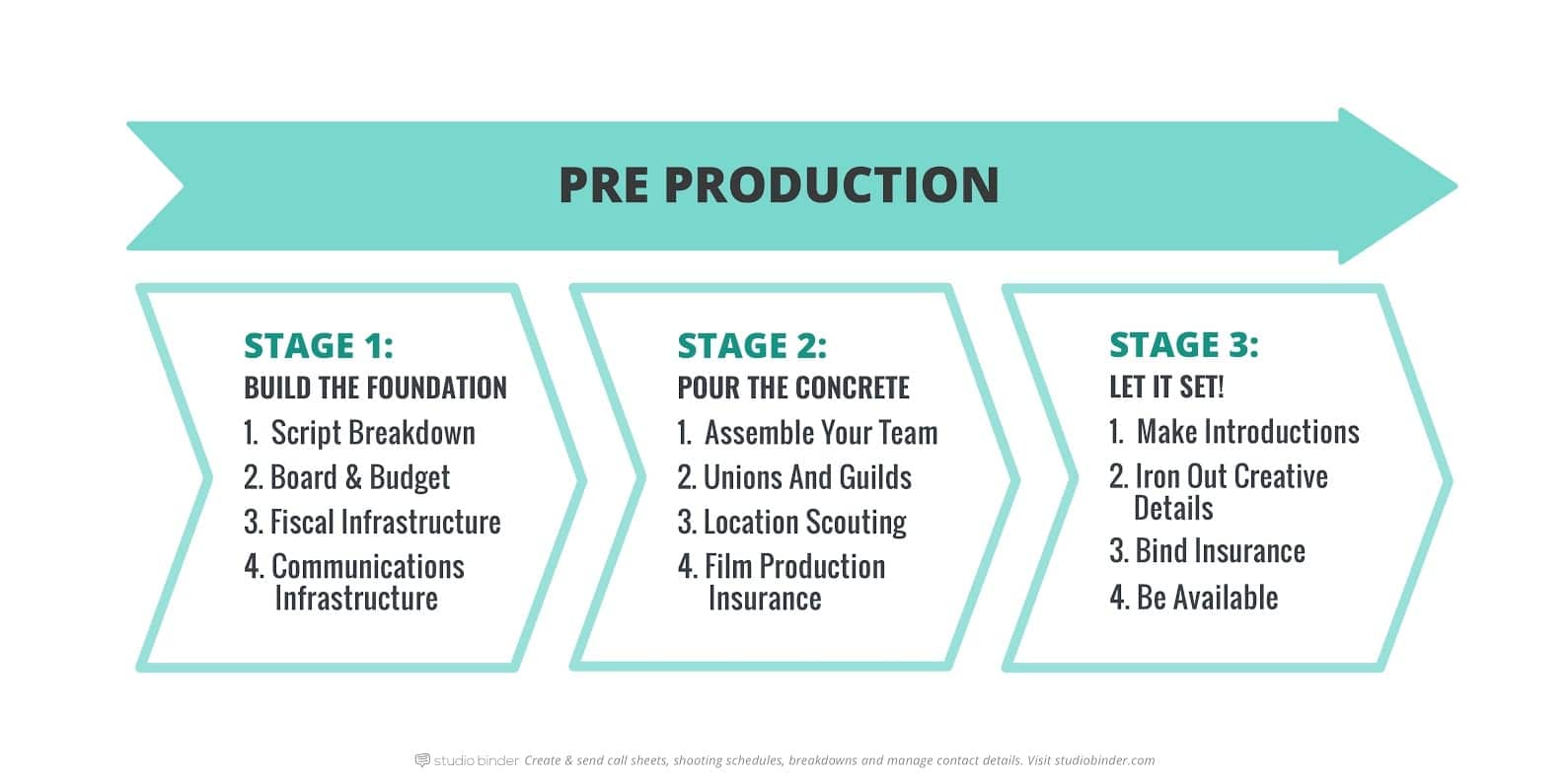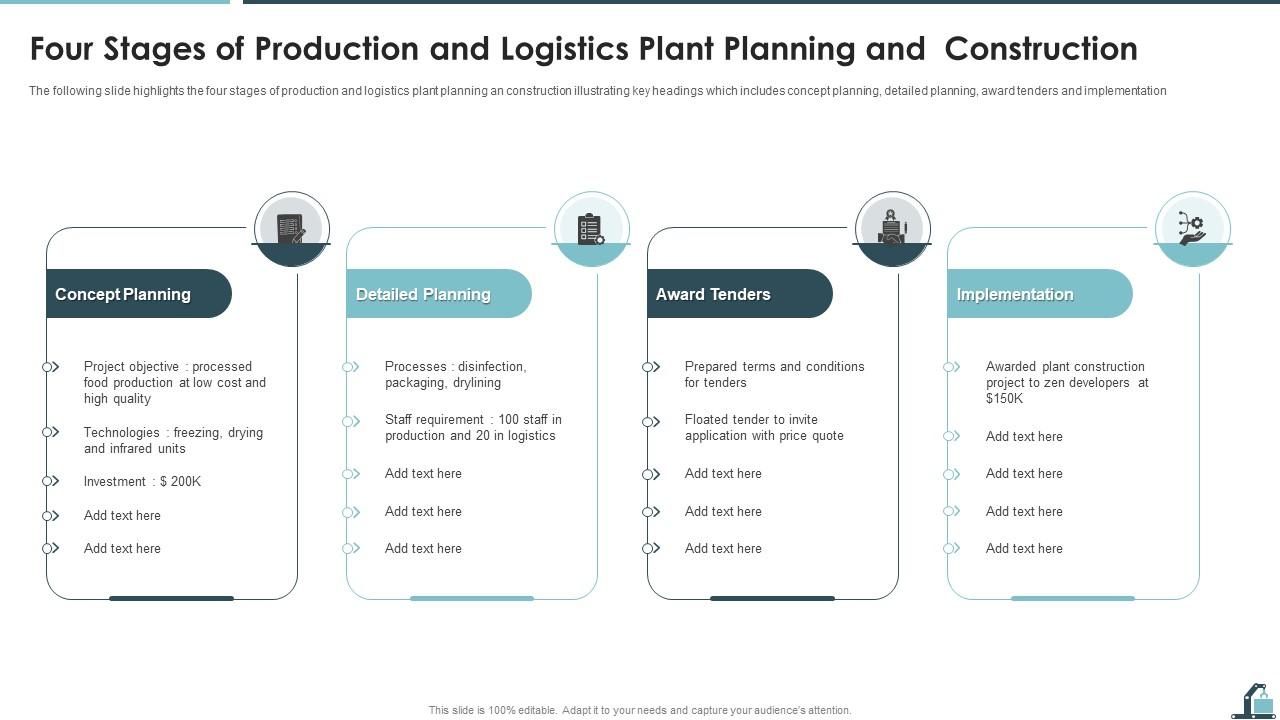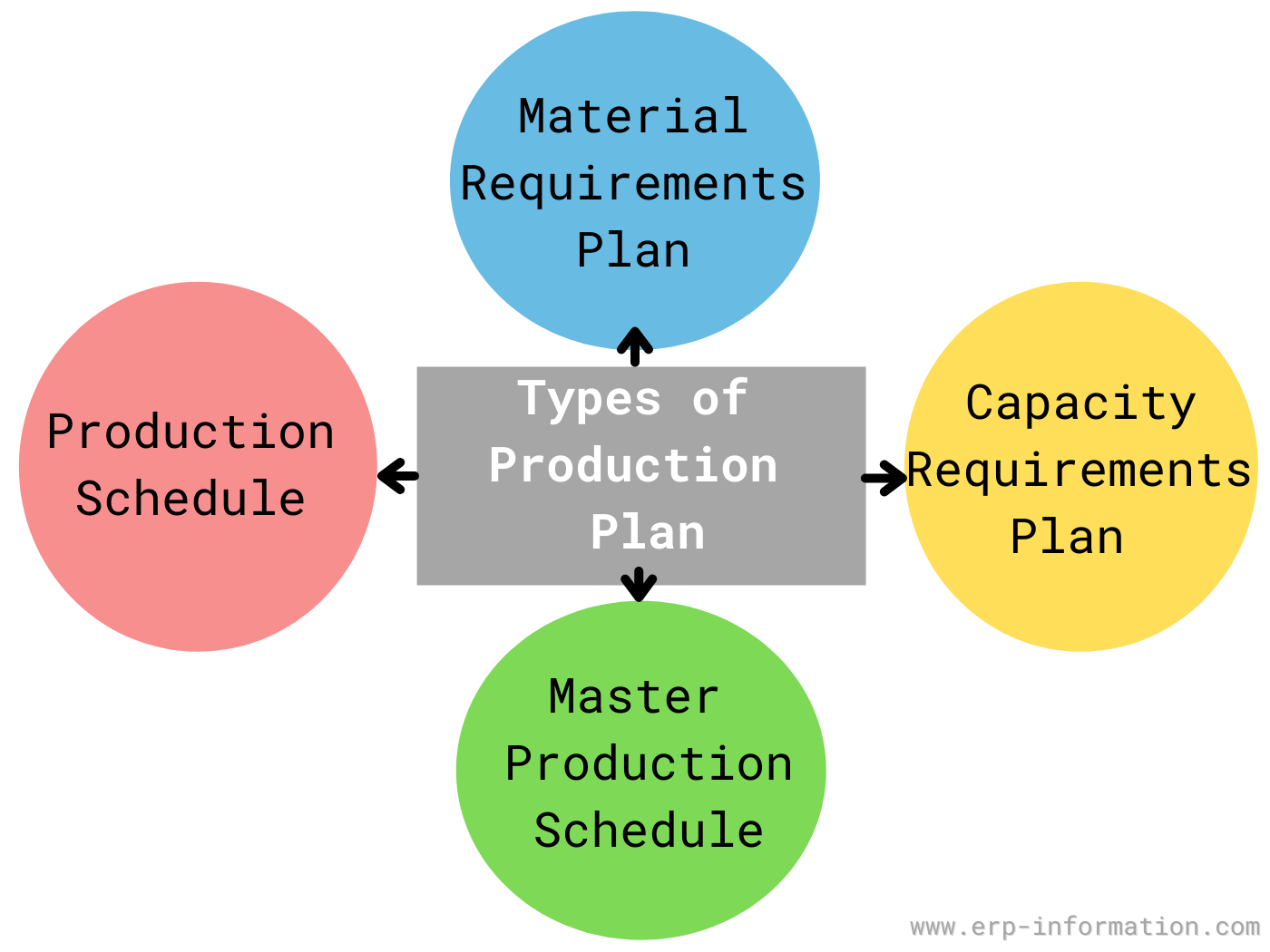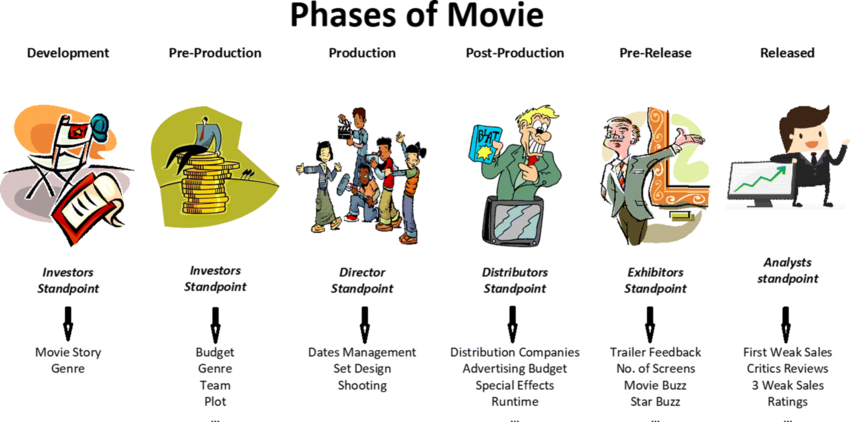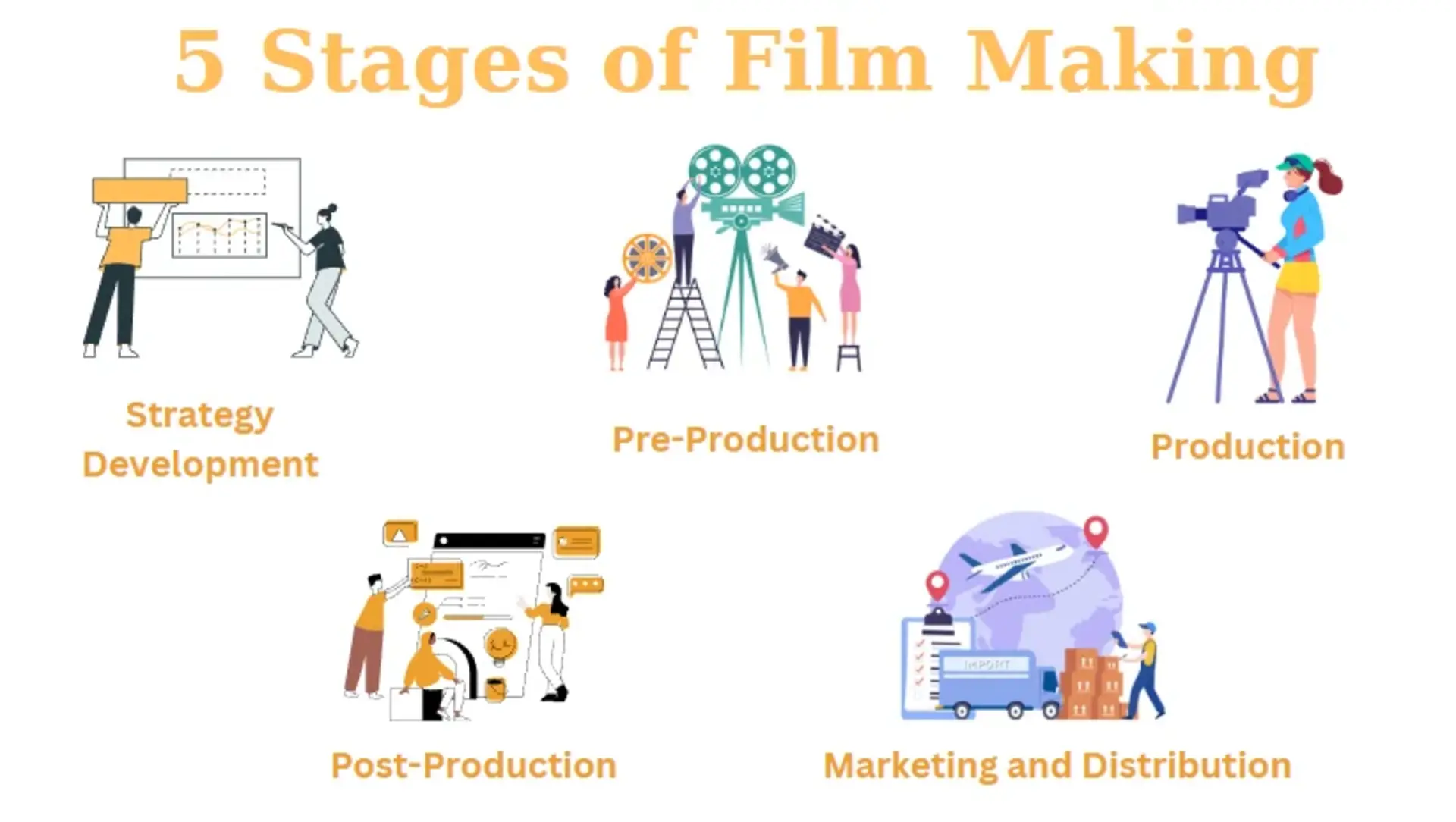What Are The Four Phases Of Production

Production processes, critical for any business, are streamlined into four distinct phases to maximize efficiency and minimize waste. Understanding these phases is vital for optimizing resource allocation and ensuring profitability.
The following will break down each phase of production: pre-production, production, post-production, and distribution. Companies need to grasp these essential stages to stay competitive.
Phase 1: Pre-Production - Planning is Key
This initial stage involves meticulous planning and preparation before any physical production begins. It's the foundation upon which the entire project is built.
Key activities include market research, concept development, budgeting, and securing necessary resources. This includes location scouting, scriptwriting (if applicable), and assembling the production team.
According to a 2023 study by the Production Management Institute, companies that invest adequately in pre-production see a 20% reduction in overall project costs due to minimized errors and delays.
Phase 2: Production - Bringing the Vision to Life
The production phase is where the actual creation of the product or service takes place. This is the most resource-intensive stage.
It involves executing the plans laid out in pre-production, which may include manufacturing, filming, or software development. Effective management and coordination are critical during this phase.
Regular monitoring of progress against the initial plan is essential to identify and address any deviations promptly. Quality control measures are implemented to ensure standards are maintained.
Phase 3: Post-Production - Polishing the Final Product
Post-production encompasses all activities performed after the main production phase to refine the output. This prepares it for distribution.
Depending on the industry, this could involve editing footage, adding special effects, packaging, or quality assurance testing. It also includes data analysis and performance reviews.
Feedback loops are often incorporated in this stage to make final adjustments based on initial assessments. Thorough documentation of the entire production process is also finalized during post-production.
Phase 4: Distribution - Reaching the Target Audience
The final phase is distribution. This involves getting the finished product or service to the end consumer or user.
This includes marketing, sales, and logistics. The choice of distribution channels depends on the target market and the nature of the product.
Companies need to analyze sales data and customer feedback to measure the success of the distribution strategy. Ongoing optimization of distribution channels is crucial for maximizing reach and profitability.
What's next? Businesses must diligently implement and monitor each phase to maintain a competitive edge.
Continued investment in employee training and technology is vital for streamlining these phases. Expect further refinement of production methodologies to emerge as technology advances.

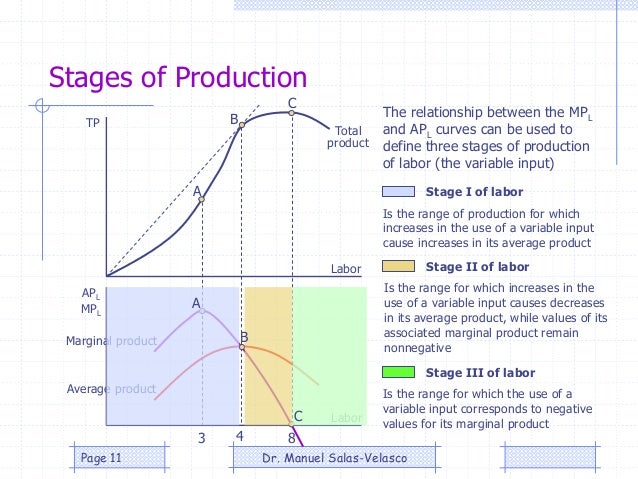
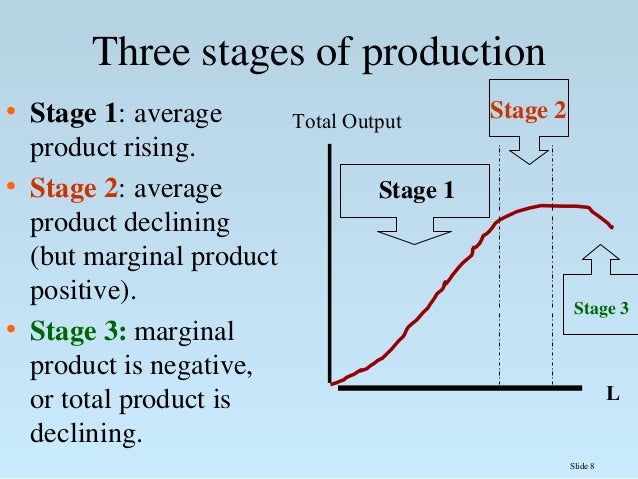
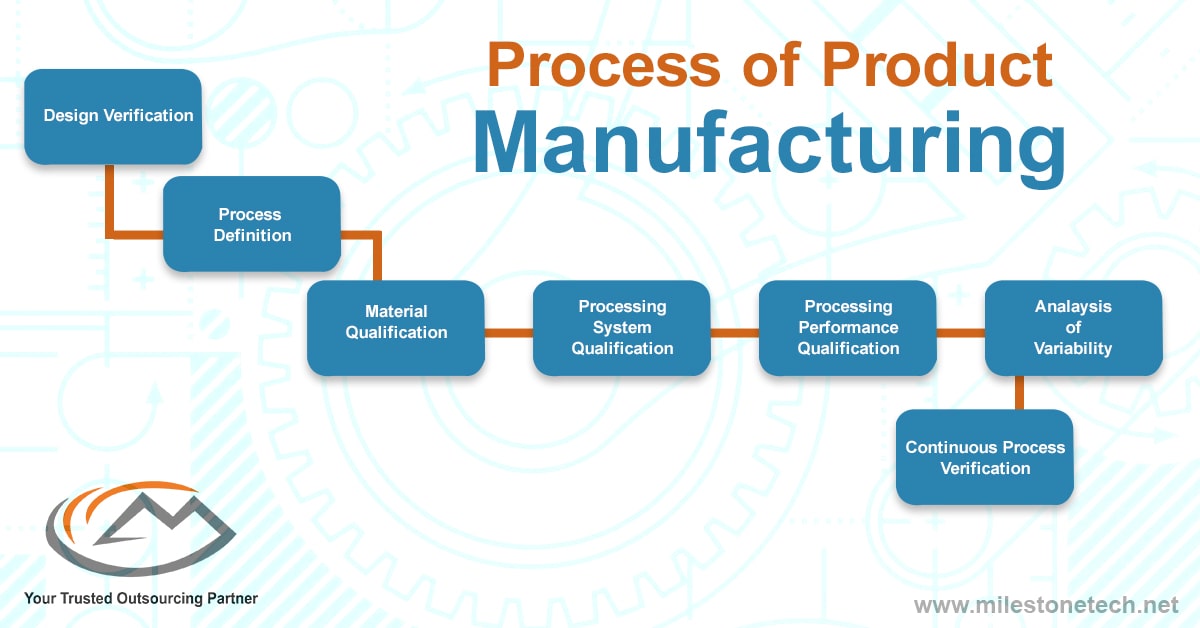
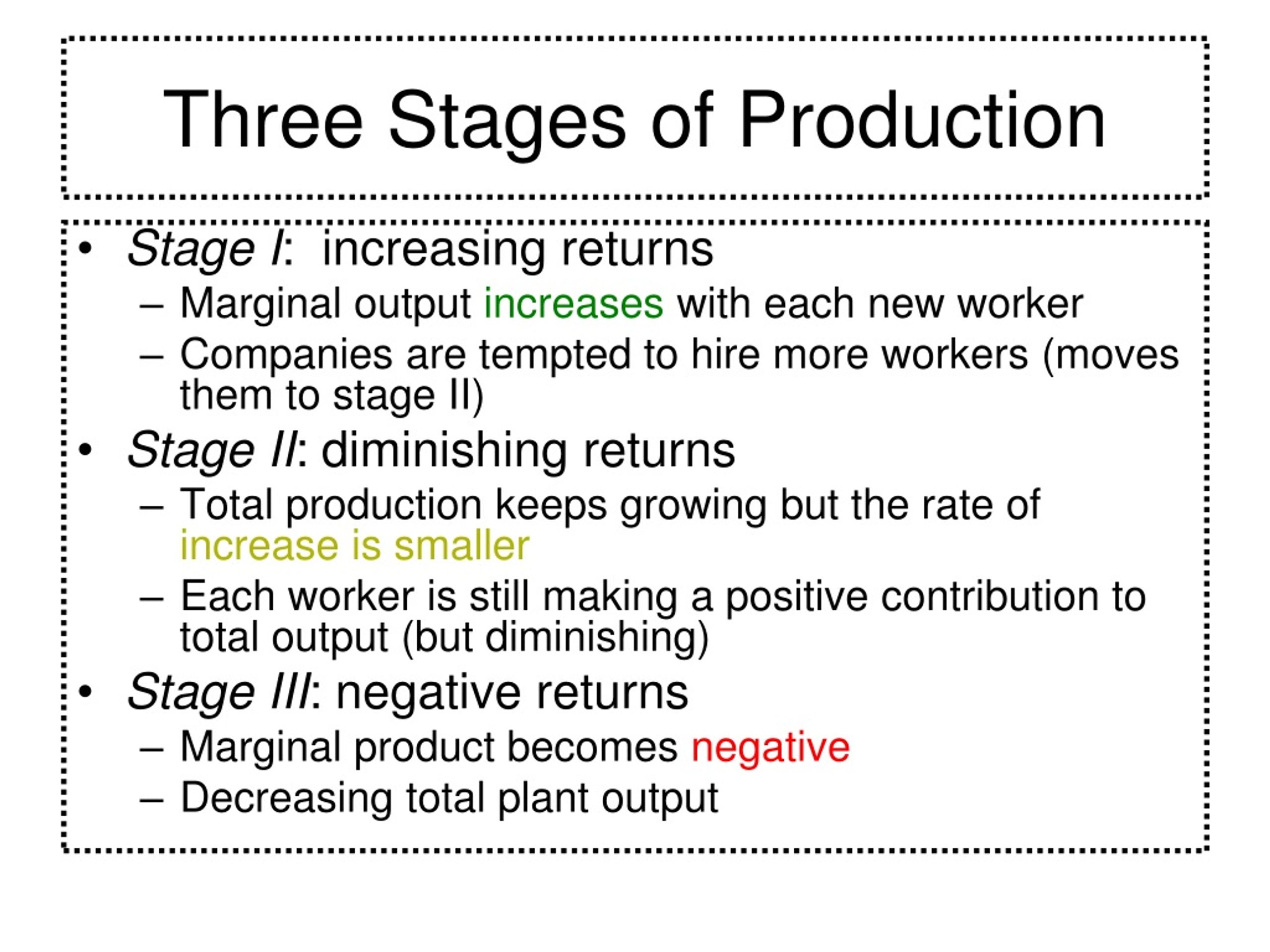
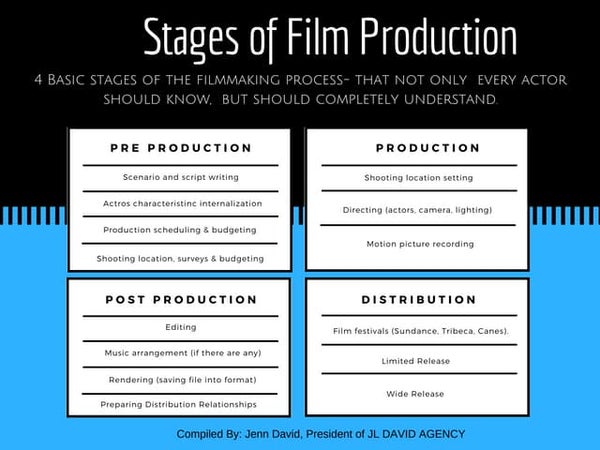

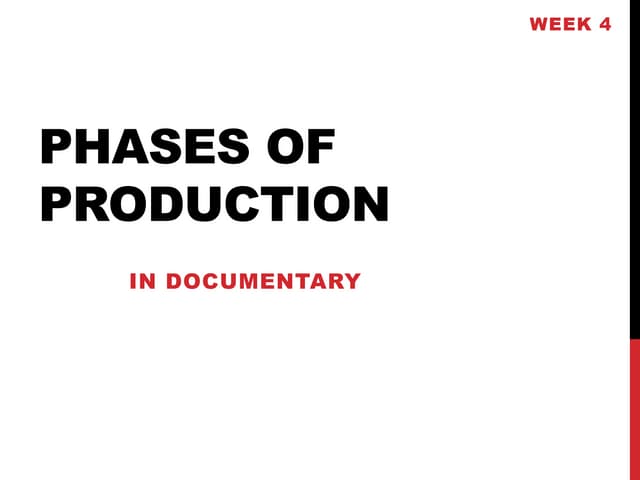
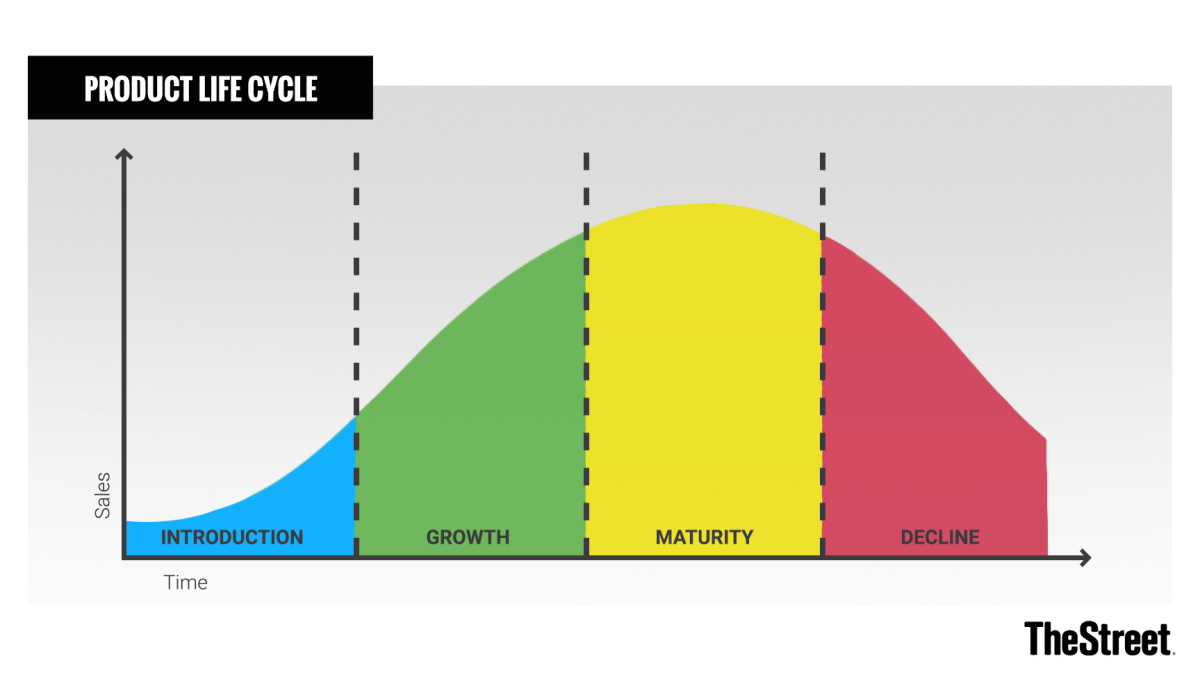

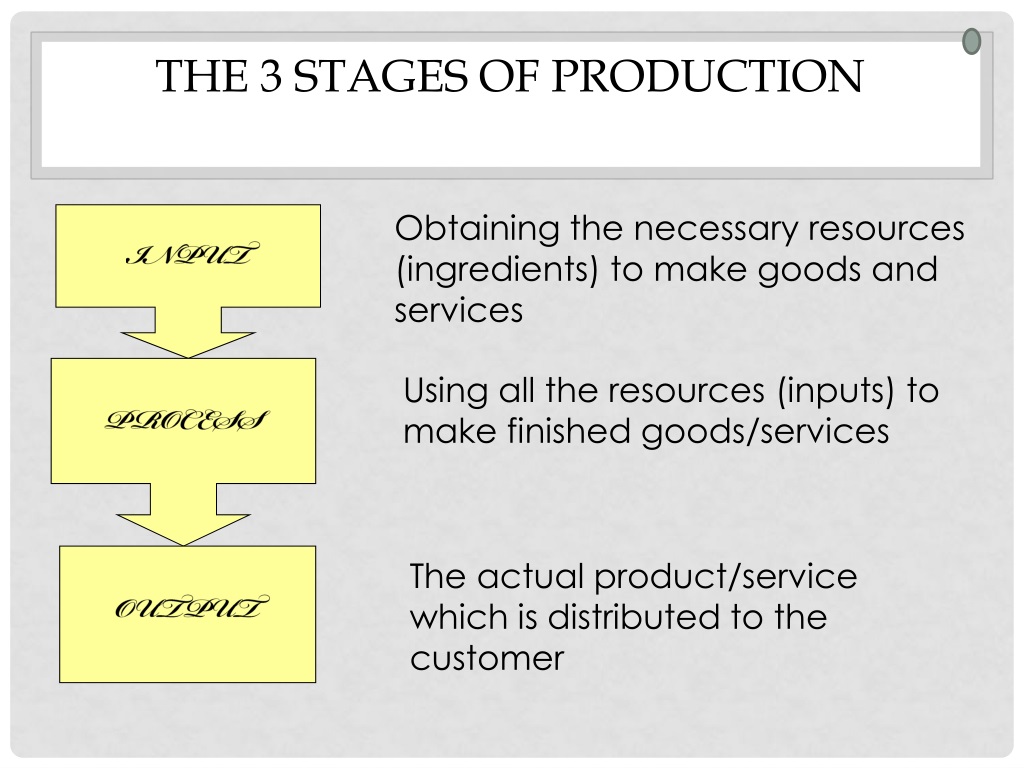
:max_bytes(150000):strip_icc()/Term-Definitions_Factors-of-production-e18b3550bac04855ba04cf3058dfb8e2.jpg)
